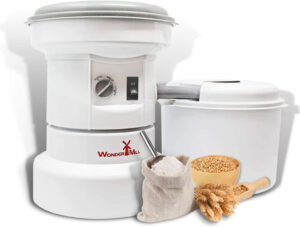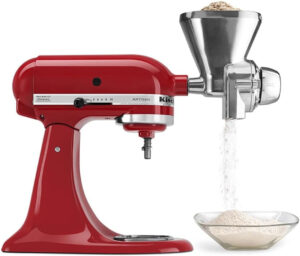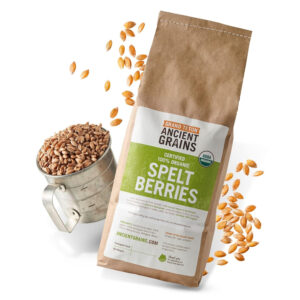Chronic Constipation (CC): Can Synbiotics Be the Ultimate Solution?
Sections
Explore the innovative role of synbiotics in addressing chronic constipation. Dive into research-backed insights on how the synergy between prebiotics and probiotics might be the answer to CC.

Review date not set.
How we reviewed this article:
Latest on:
Trending on:

GrainMaster TurboChop Electric Mill
Experience lightning-fast milling with the TurboChop High Speed...
300 $

Grain Mill Mastery: KitchenAid KGM Attachment
Elevate your baking game with the KitchenAid KGM...
115 $

Nutrient-Packed Spelt Berries Supreme
Elevate your meals with our Supercharged Nutrient-Packed Spelt...
26 $





